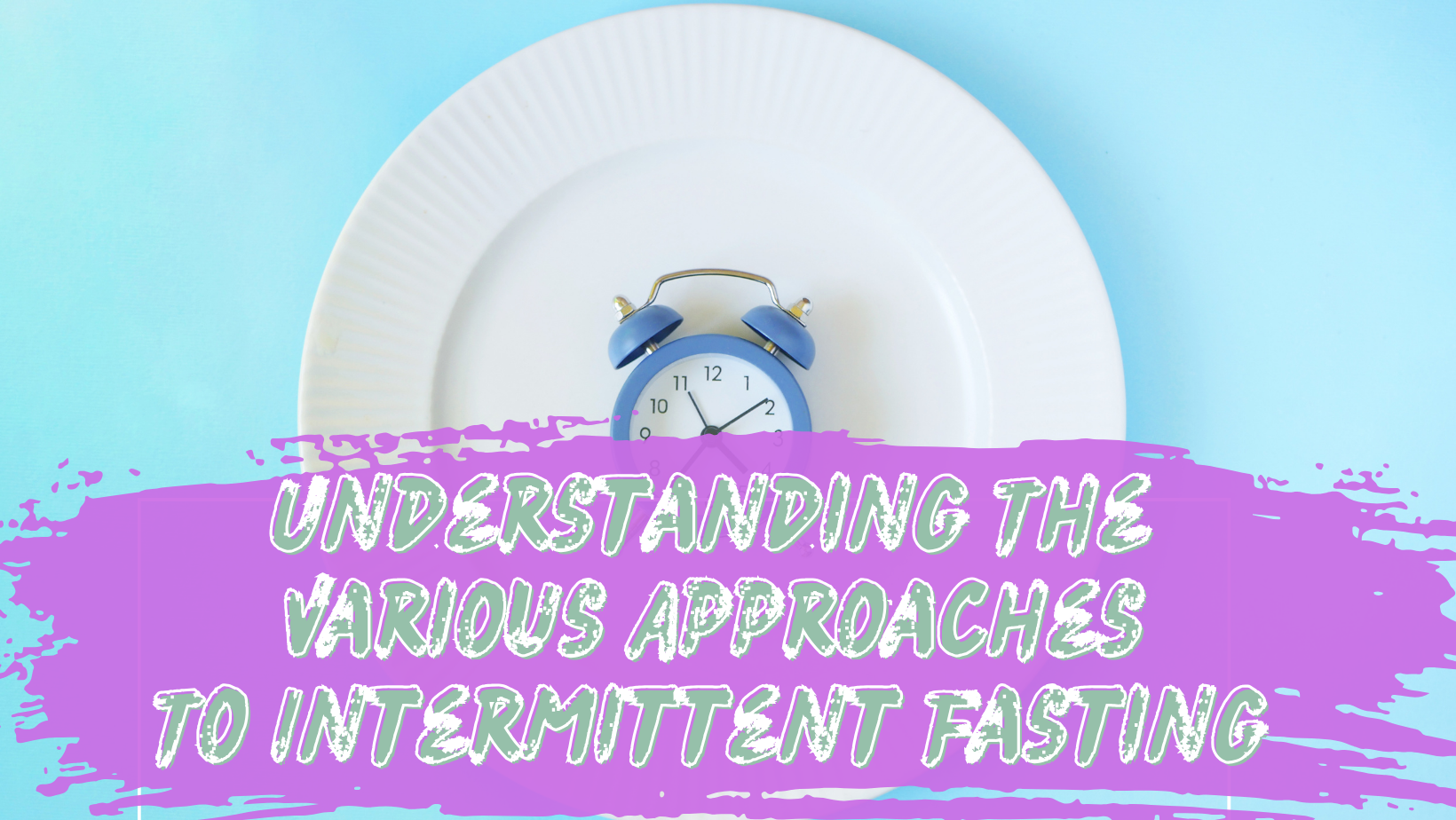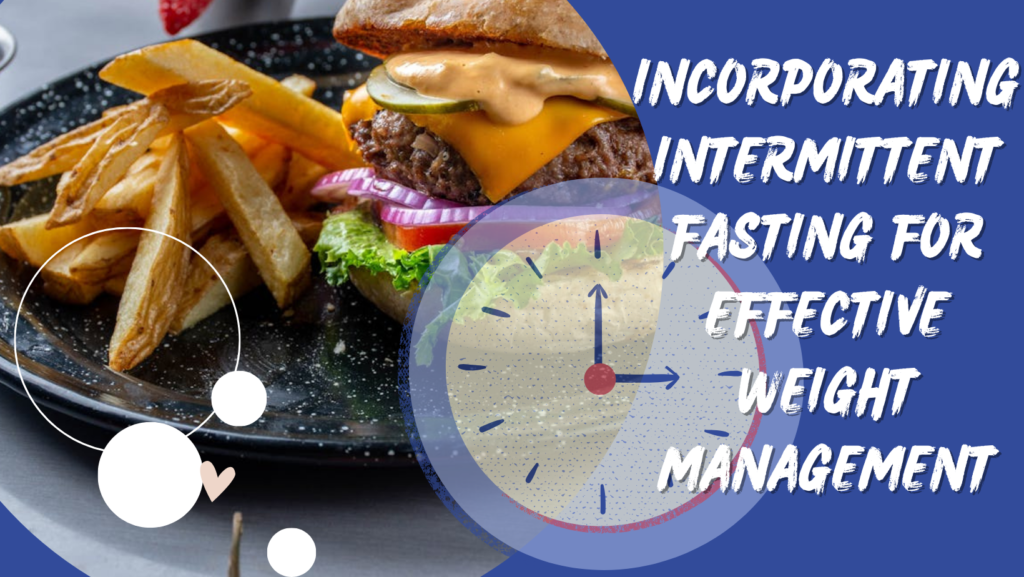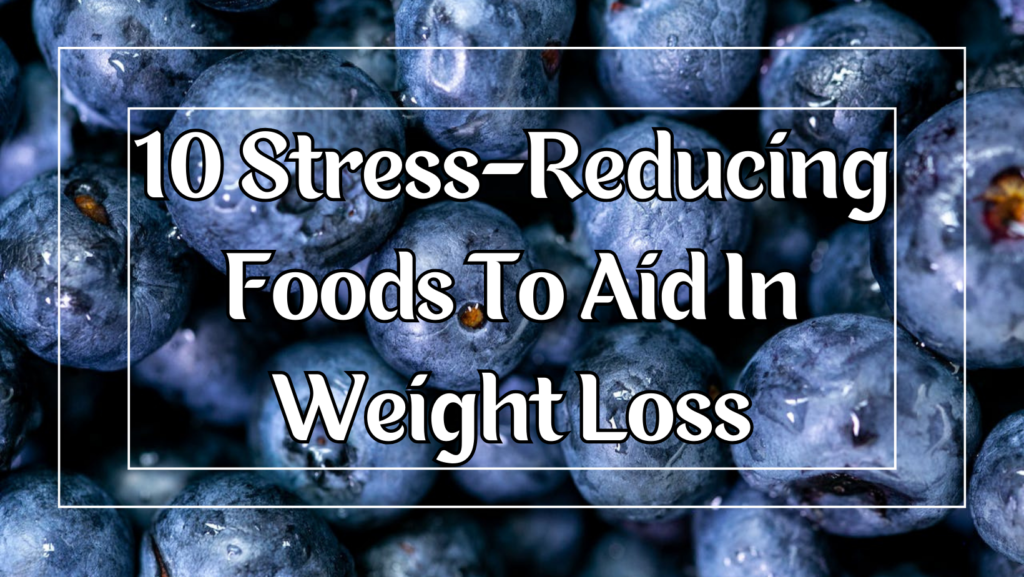Interested in learning about the different methods of intermittent fasting? Look no further! In this article, we will explore and explain the various approaches to intermittent fasting. By gaining insight into these different methods, you’ll be equipped with the knowledge to choose the fasting technique that best suits your lifestyle and health goals. So, buckle up and get ready to dive into the fascinating world of intermittent fasting! Intermittent fasting has gained popularity as a way to improve health and promote weight loss. There are several different methods of intermittent fasting, each with its own unique approach. In this article, we will explore the various methods of intermittent fasting and discuss their benefits and considerations.
Time-restricted feeding
Time-restricted feeding is one of the most common methods of intermittent fasting. With this approach, you restrict your daily eating window to a specific period of time, typically around 8-10 hours, and fast for the remainder of the day.
During the fasting period, you consume only water or non-caloric beverages. This method allows you to enjoy your meals during a condensed timeframe, such as from noon to 8pm, and fast for the remaining hours of the day.
The potential benefits of time-restricted feeding include improved insulin sensitivity, weight loss, and enhanced cellular repair processes. By limiting the time period in which you consume food, you may also naturally reduce your overall calorie intake.
It is important to consider your individual lifestyle and schedule when practicing time-restricted feeding. If you have a demanding job or commitments that make it difficult to adhere to a specific eating window, this method may not be the best fit for you.
Alternate-day fasting
Alternate-day fasting involves alternating between fasting days and feeding days. On fasting days, you consume little to no calories, while on feeding days, you eat normally. Some variations of this method allow for a small amount of calories on fasting days, often around 500-600 calories.
The potential benefits of alternate-day fasting include weight loss, improved insulin sensitivity, and reduced inflammation. This method may also help improve adherence to a lower calorie intake, as the fasting days can act as a reset and prevent overeating on feeding days.
Considerations for alternate-day fasting include the need for discipline and willpower to adhere to the fasting days. It may also be challenging to maintain this method in social settings or when dining out.
5:2 diet
The 5:2 diet involves eating normally for five days of the week and reducing calorie intake to around 500-600 calories for two non-consecutive days. On the fasting days, you can split the calories throughout the day or consume them in one or two meals.
The potential benefits of the 5:2 diet include weight loss, improved heart health, and enhanced blood sugar control. This method allows for flexibility in choosing the fasting days, making it easier to fit into your lifestyle.
Considerations for the 5:2 diet include potential hunger and cravings on fasting days, as well as the need to plan meals and calorie intake accordingly.

One meal a day (OMAD)
As the name suggests, the OMAD method involves eating only one meal a day and fasting for the remaining hours. Typically, people choose a one-hour eating window to consume their meal, while fasting for the other 23 hours.
The potential benefits of the OMAD method include simplified meal planning, reduced calorie intake, and improved mental clarity. By condensing all your food intake into one meal, you may also experience greater satiety and decreased hunger throughout the fasting period.
Considerations for the OMAD method include potential difficulty in consuming enough nutrients and calories in one meal. It is important to ensure that your meal is well-balanced and provides all the necessary nutrients your body needs.
Warrior Diet
The Warrior Diet follows a pattern of fasting during the day and feasting at night. During the fasting period, you consume minimal calories from raw fruits and vegetables, while the feasting period allows for a large, balanced meal.
The potential benefits of the Warrior Diet include enhanced fat burning, improved mental clarity, and increased energy. This method aligns with the body’s natural rhythms, as we are more active and alert during the day and tend to wind down in the evening.
Considerations for the Warrior Diet include potential difficulty in adapting to a restricted eating window during the day. It may also be challenging to consume a large meal in a short period of time.
Eat-stop-eat
Eat-stop-eat involves fasting for 24 hours once or twice a week. During the fasting period, you consume only water, tea, or non-caloric beverages. On non-fasting days, you eat normally.
The potential benefits of eat-stop-eat include improved insulin sensitivity, increased fat burning, and reduced markers of inflammation. This method may also enhance your relationship with food and promote mindful eating.
Considerations for eat-stop-eat include potential hunger and cravings during the fasting period. It is important to stay well-hydrated and listen to your body’s hunger cues.
You May Also Like
Spontaneous meal skipping
Spontaneous meal skipping involves occasionally skipping meals when you are not hungry or when it is inconvenient to eat. This method allows for flexibility in your eating patterns and does not require strict adherence to a specific schedule.
The potential benefits of spontaneous meal skipping include reduced calorie intake, improved digestion, and enhanced metabolic flexibility. This method can also help you practice listening to your body’s hunger cues and eating when you are truly hungry.
Considerations for spontaneous meal skipping include potential difficulty in planning meals and ensuring adequate nutrient intake. It is important to prioritize balanced meals when you do eat and ensure that you are meeting your nutritional needs.
ADF (Alternate Day Fasting)
Alternate Day Fasting is a method where you fast every other day, consuming no more than 500-600 calories on fasting days. On feeding days, you eat normally.
The potential benefits of ADF include weight loss, improved heart health, and reduced inflammation. This method may also help improve adherence to a lower calorie intake, as the fasting days can provide structure and prevent overeating on feeding days.
Considerations for ADF include potential hunger and cravings on fasting days, as well as the need to plan meals and calorie intake accordingly. It is important to ensure that you are consuming a balanced diet on feeding days to meet your nutritional needs.
In conclusion, there are various methods of intermittent fasting, each with its own unique approach. Whether you choose time-restricted feeding, alternate-day fasting, the 5:2 diet, OMAD, the Warrior Diet, eat-stop-eat, spontaneous meal skipping, or ADF, it is important to consider your individual preferences, lifestyle, and nutritional needs. As with any dietary change, it is recommended to consult with a healthcare professional before starting intermittent fasting to ensure it is suitable for you. Remember to listen to your body and make adjustments as needed to find the method that works best for your overall health and well-being.




